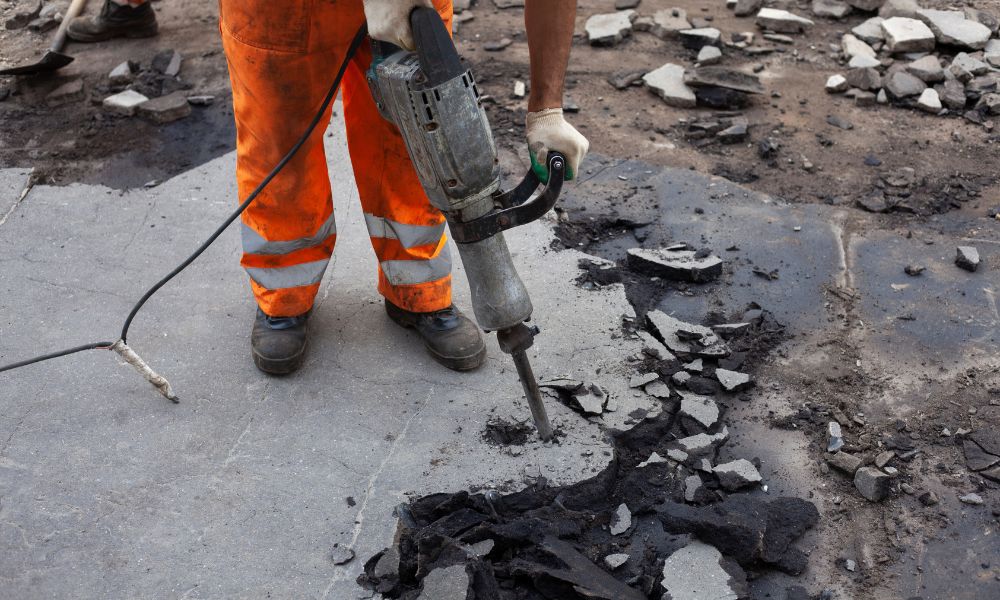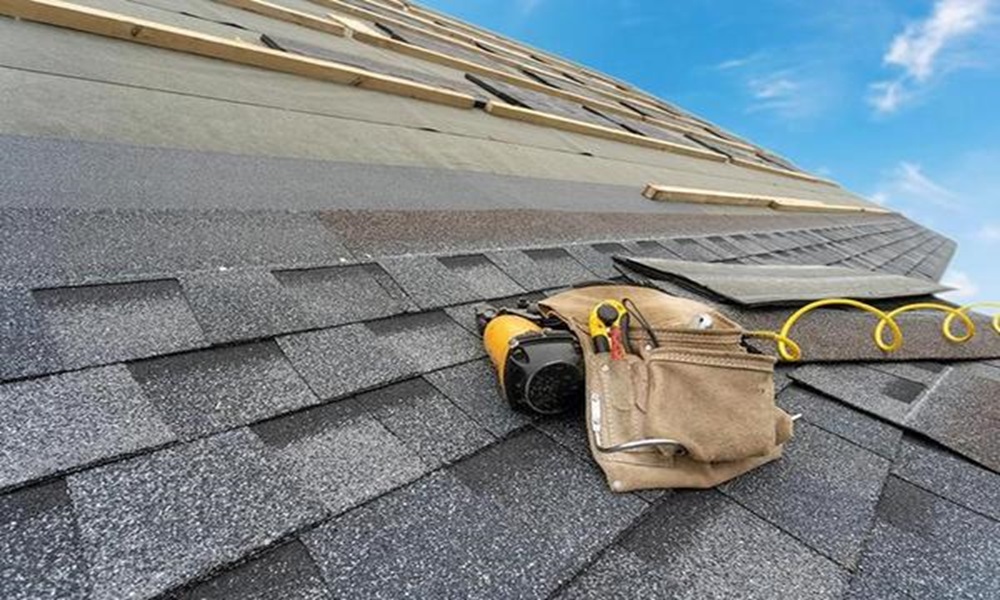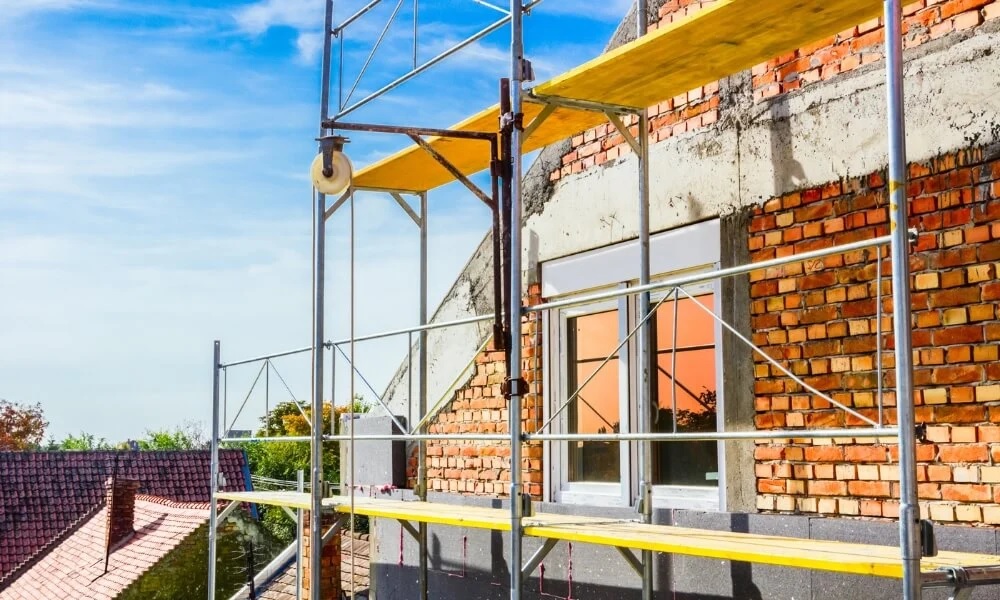
Asphalt work, whether it’s repairing a pothole, resurfacing a driveway, or constructing a new road, demands precision and the right set of tools. From the initial preparation to the final finishing touches, every step requires careful attention to detail and the use of appropriate equipment. In this guide, we’ll explore the essential asphalt tools and techniques that professionals rely on to achieve high-quality results.
Preparation is Key
Before diving into any asphalt project, proper preparation is crucial. This stage sets the foundation for the entire process and significantly impacts the final outcome. Essential tools for preparation include:
- Shovels and Rakes: These tools are indispensable for clearing the work area of debris, rocks, and vegetation. They help create a clean surface for asphalt application.
- Compactors: Compacting the sub-base ensures stability and prevents future issues like sinking or shifting. Vibratory plate compactors or roller compactors are commonly used for this purpose.
- Grading Tools: Achieving the right slope and levelness is essential for proper water drainage. Grading tools such as a grading rake or a grading skid steer attachment help in achieving precise grades.
Asphalt Application
Once the preparation is complete, it’s time for asphalt application. This stage requires specialized equipment to ensure a smooth and uniform surface:
Asphalt Pavers:
Asphalt pavers are used to lay down and compact asphalt mixtures evenly. These machines come in various sizes and configurations, allowing flexibility based on the project’s scale and requirements.
Hot Boxes:
Hot boxes are essential for keeping asphalt hot and workable during transportation and storage. They help prevent premature cooling and ensure consistent material quality.
Hand Tools:
Despite the presence of heavy machinery, hand tools such as lutes, tampers, and asphalt rakes are indispensable for detailing and achieving precise edges and finishes.
Finishing Touches
After the asphalt has been laid down, attention shifts to the finishing touches, which are crucial for durability and aesthetics:
- Rollers: Rollers are used to compact the freshly laid asphalt, removing air voids and achieving optimal density. Smooth drum rollers and pneumatic tire rollers are commonly employed for this purpose.
- Sealcoating Equipment: Sealcoating protects asphalt surfaces from water damage, oxidation, and UV rays. Sealcoating equipment such as sprayers and squeegees are used to apply the protective sealant evenly.
- Line Striping Machines: For projects involving roads or parking lots, line striping machines are used to apply traffic markings accurately and efficiently.
Safety Measures
Safety should always be a top priority in asphalt work. Alongside the tools mentioned above, safety equipment such as hard hats, high-visibility vests, gloves, and safety glasses are essential. Additionally, proper signage and traffic control measures should be implemented to ensure the safety of workers and the public.
Integrating Weld Booth for Efficiency
In larger asphalt operations or facilities, integrating a weld booth can significantly enhance efficiency and safety. Weld booths provide a designated space for welding and fabrication tasks, ensuring a controlled environment free from hazards such as sparks and fumes. By incorporating a weld booth into the workflow, asphalt professionals can streamline maintenance tasks, equipment repairs, and fabrication processes, ultimately minimizing downtime and maximizing productivity.
Conclusion
Mastering asphalt work requires a combination of the right tools, techniques, and safety measures. Whether it’s preparing the site, laying down the asphalt, or adding the finishing touches, each step plays a crucial role in achieving a durable and visually appealing result. By understanding the importance of proper preparation, utilizing the right equipment, and integrating safety practices, asphalt professionals can consistently deliver high-quality outcomes that stand the test of time.




